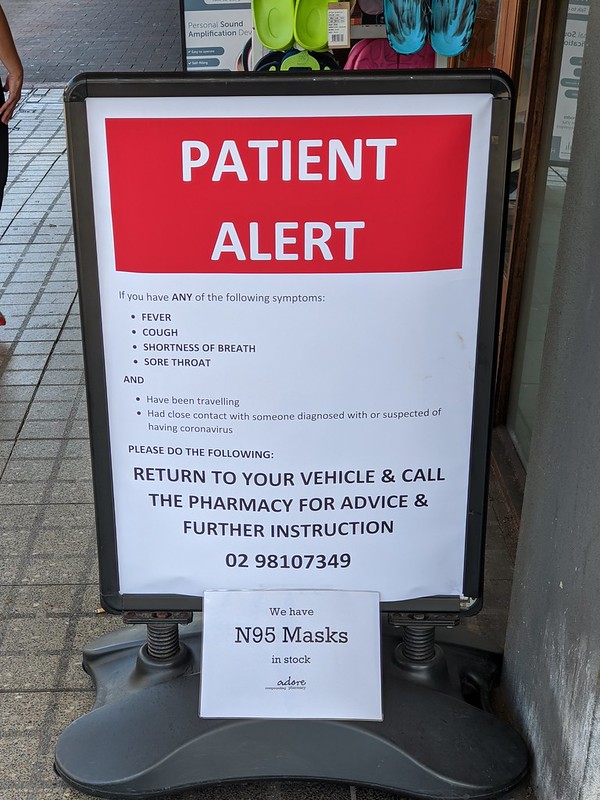I started uploading photos taken in 2021 to Flickr on January 13, 2021, including these:


Today is the 1684th day of 2021’s photo processing, the last publicly accessible upload I made from 2021 was:

I might not seem to be accelerating that much (2020’s photos took 1775 days) but I have mostly complete uploads from 2024 and entirely complete for 2025, so I only have 2022, 2023, and part of 2024 to catch up.
The literally thousands of photos I took in a two week period in Europe in 2022 will be a journey though.
2021 retrospective
Culburra
This photo is something of a favourite of the algorithms that display my photo history to me, and I’ve stared at it so much in the last four and half years that I honestly have no idea now whether or not I like it:

More: Penguins Head, Tilbury Cove, Warrain Beach, more Warrain Beach. (Just this sequence, about a week in real time, took me two months to upload.)
Newcastle

More: Hang gliders, clifftop views
Auburn Botanic Gardens

COVID ephemera

Milk Beach

Lockdown sunsets

First dawn (after travel limits lifted)

Christmas storms

More: storms, last light
Golden last afternoon




















































